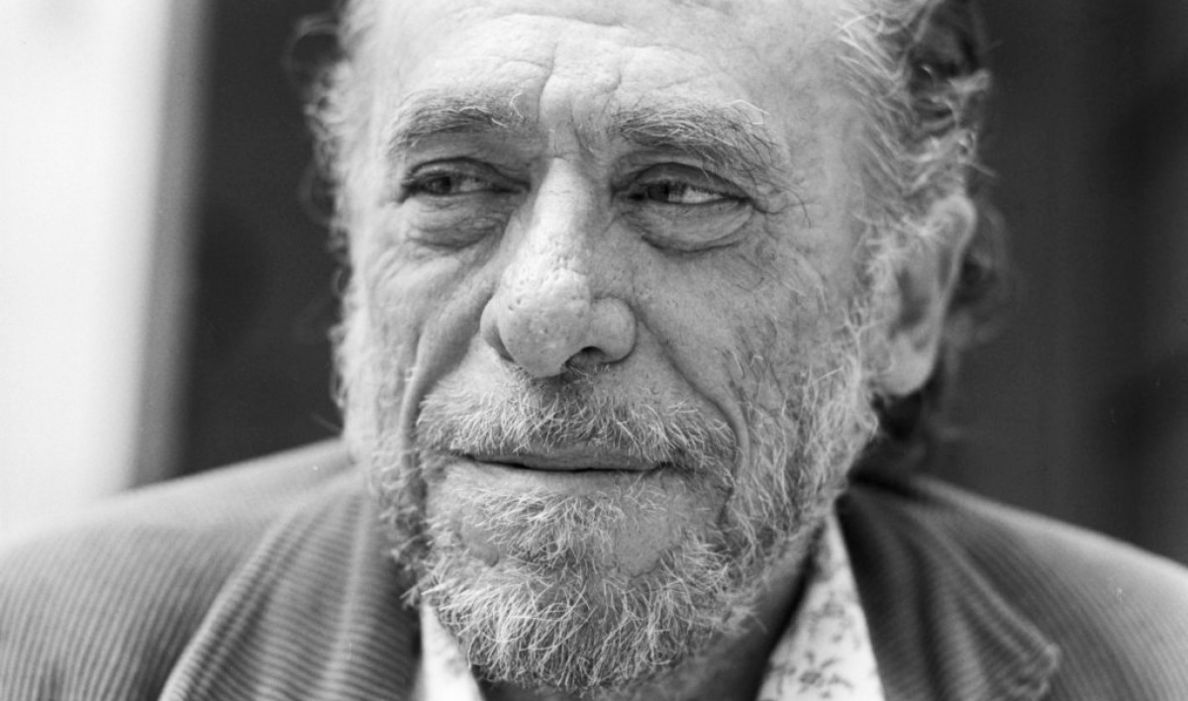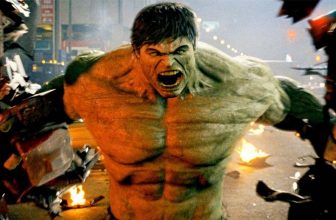
“There is no great genius without some touch of madness.” –Aristotle. In this second part of our 3-part series on the Jungian Analysis of Charles Bukowski, we will talk about the following concepts: The Persona, The Shadow, and The Anima.
Once we know the whole context of who Charles Bukowski was and the structure of Carl Jung’s ideas, it should be easier to grasp the following information and make more sense of why Charles was the way he was. Let’s begin!
The Persona
According to Jung, this is the adaptation system of the individual or how he decides to face the world. Each profession, for example, has its characteristic persona…the only danger is that they become identical with their personas. One could say, with a bit of exaggeration, that the person is what one is not, but what others think that they are not.
I believe that his writing was his true “I” (self), which he only demonstrated in intimacy and the person was reflected in his aggressiveness and fights as a defence mechanism so as not to show weakness or sensitivity to the world. Clearly, a boy who left his house and who was always alone, couldn’t show his weaknesses to anyone, which he knew very well, and there were many.
The Shadow
The lower part of the personality, the sum of the elements of the personal and collective psyche which, due to its incompatibility with the chosen conscious attitude, is denied its expression in life and because of this lies in the unconscious. The shadow can be positive or negative.
According to Jordan Peterson, we must know our shadow, we must be one with it to control it. This is something that Bukowski achieved perfectly. He‘s one of those person who just never looked away from the beginning.
He suffered a lot and that can be seen in his writings, alcohol, women and excesses, talking about death, suicide and how before he fell, he would take a couple of people with him. As contradictory as he may seem, he was a person capable of ‘somewhat‘ controlling his shadow.
Anima: The Personification of Feminine Nature in the Subconscious of Man
This concept is very curious. In his book “Memories, Dreams, Reflections”, Jung recounts his first encounter with his feminine nature while writing and how “she” tried to explain to him that what he wrote was art. This was something which Jung did not agree with and it bothered him a lot.
Following the idea that one way to express this was through the “irrationality” of feelings in man, I dare say that Charles Bukowski knew how to express it. He did so in his writings and many times through his heartbreak and broken hearts, crying because he cheated on a woman who, according to him, was worth it.
It’s also interesting to observe that when he talks about the physical appearance of other men and then compares himself with them, he would always conclude that they were beautiful and he was horrible.
Considering that in Jung’s time, the context was not very flexible, so to speak, in my opinion, a comment like the one in the poem would have been controversial.
We hope you like this second part. Stay tuned for the third and last part in the series and let us know what you think so far in the comments below!









